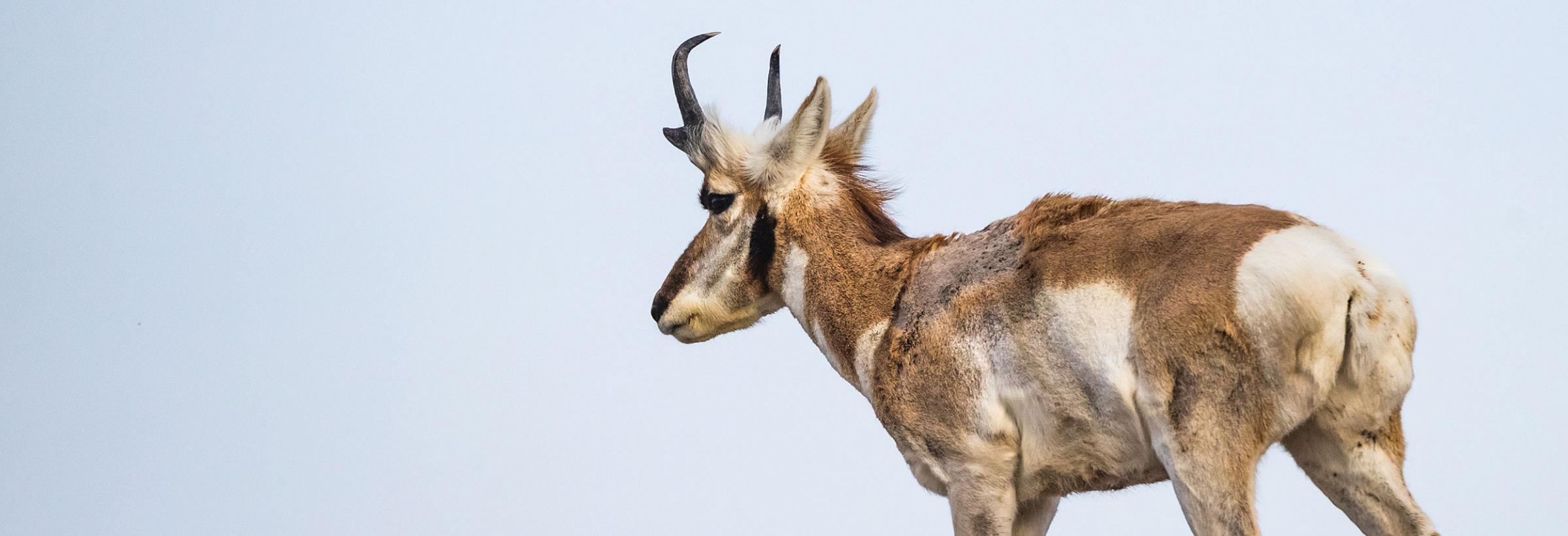
Back Cast
I drew a pronghorn license in 2018 after a 14-year dry spell.
I shot a buck the second weekend of the season not far from where, years ago, my bird dog and I weaved through sagebrush, cactus and chunks of open grassland hoping to flush a sage grouse.
I never fired a shot the couple falls we hunted the big birds during the abbreviated seasons that started on a Monday and ended on a Wednesday.
Not shooting a sage grouse was a disappointment because, more than anything, I wanted to see for myself if the birds, as people said with some disregard, tasted strongly like their environment after being roasted over coals in camp, or cooked with a little more flourish in the kitchen at home.
Considering the sage grouse season has been closed in North Dakota for more than a decade, and with little evidence to suggest a hunting season is on the horizon, it’s unlikely I’ll ever find out.
The pronghorn buck I harvested wasn’t big and the shot certainly doable, with my rifle solidly centered over wooden shooting sticks Grandpa made some years back. Nothing significant. Just an enjoyable hunt.
What carried some weight, at least for me, was that I shot the animal on public land, I christened a handmade, fixed-bladed knife my son gave me as a gift, the hike back to my pickup was only about a mile, and for the first time in years a pronghorn was headed for our freezer.
Like a lot of hunters, I would guess, eating what we shoot is a big part of why we get up early and put in the miles. I’m convinced that while I pulled the pronghorn out of the field on a game cart near dark that, between trying to remember if I put new batteries in my headlamp, I imagined frying the animal’s backstraps in cast-iron with a half-stick of butter.
Maybe it’s an age thing and I’m more appreciative today of whatever makes my game bag heavy or the cart difficult to jerk uphill.
Yeah. I’m certain of it.
Thirty years ago, it’s hard to image what would have been going through my head on the same hike out, but I’m guessing not buttered backstraps.
The wild game served fresh or stored in our freezers at home most years runs from doves to deer. And we can tell you without much thought, just like most North Dakota hunters, where this self-sourced protein came from exactly.
Yet, how much of it really makes up our diet throughout the year is simply a guess.
While I likely never know that answer, Bill Jensen, Game and Fish Department big game management biologist, came up with some interesting findings on food/meat production from hunting big game – from moose to mule deer – in North Dakota.
Jensen said that based on average body weights, assuming 35% of the animal’s total body weight is meat, 2.8 million pounds of venison, according to harvest estimates, was taken last year. And 76% of that total was from white-tailed deer.
Better yet: “This is roughly enough meat to feed every North Dakotan (2019 population estimate of 762,062) an 8-ounce serving each day for a week,” he said.
Those numbers, like the deer you hope to drag out of the field this fall, carry some weight.
